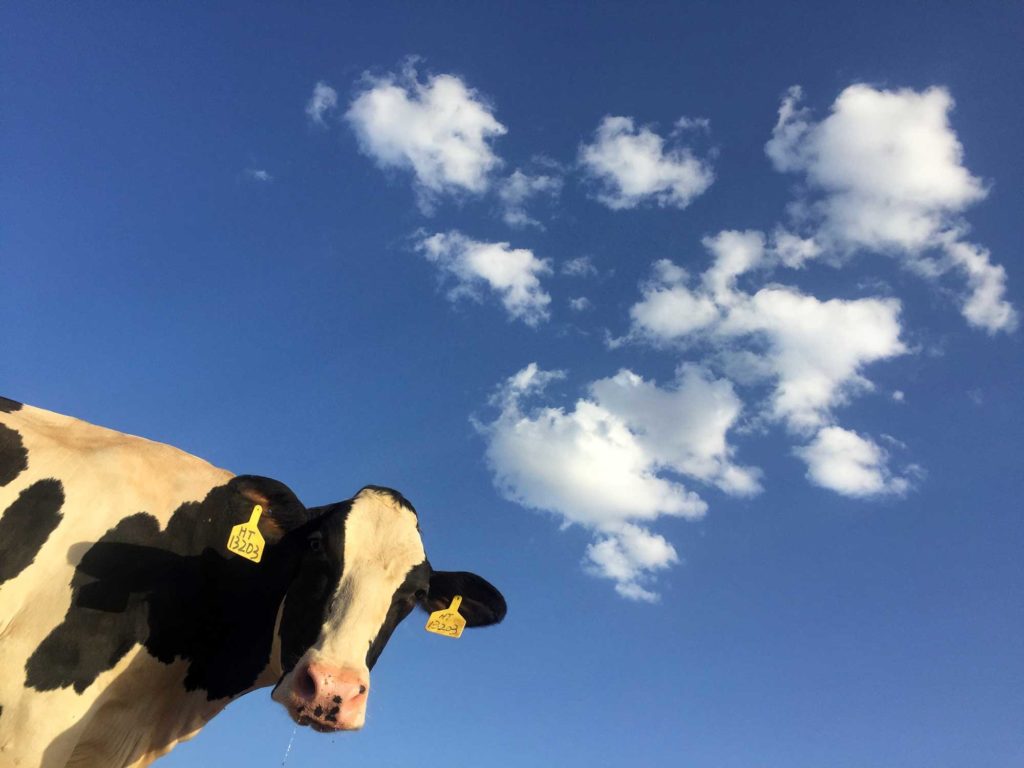Fonterra’s work with FOSS and Arla Foods on a method to screen for adulterants served as a foundation for the development of its award-winning Milk Fingerprinting technology.
Speaking with DairyReporter, Dr Jeremy Hill, chief science and technology officer, Fonterra, said without this earlier work it “probably wouldn’t have the platform or confidence” to develop its Milk Fingerprinting technology.
Fonterra teamed up with FOSS, a Danish analytical solutions provider, and Arla Foods in November 2012 to develop a method to determine whether milk had been tampered with for financial gain.
Its Milk Fingerprinting technology, which won the Innovation Excellence in Research Award at the New Zealand Innovators Awards in October, is based on the same infra-red analysis technique.
“It’s the same hardware, but it’s a very different use of it,” said Hill.
“With adulteration you’re looking for things that shouldn’t be in the milk,” he said. “We’re using Milk Fingerprinting to look at
variations in milk, how that fingerprint changes, and using that as a management tool.”
“What we’ve been able do is use existing infra-red analysis, which is also known as FIR. It is usually used to analyze one or two components, like protein. The sophistication comes in understanding the spectral data – the fingerprint of the milk.”
Seasonal composition
While its work with Arla Foods and FOSS inspired the development, the main driver was the seasonal variation in the composition of New Zealand milk.
“One of the issues we face in New Zealand is we have a changing composition from season to season,” said Hill. “Because of the way our dairy system works we can also have significant regional differences as well. For example, the tip
of the South Island is much colder than the tip of the North Island. This can have a significant impact on composition.”
These variations in the composition of New Zealand milk can ultimately impact processing and product performance, he said.
“It allows us to direct specific milk to factories for processing. For example, we’ve been able to solve seasonality problems with UHT milk,” Hill added.
Article Source: https://www.dairyreporter.com/






